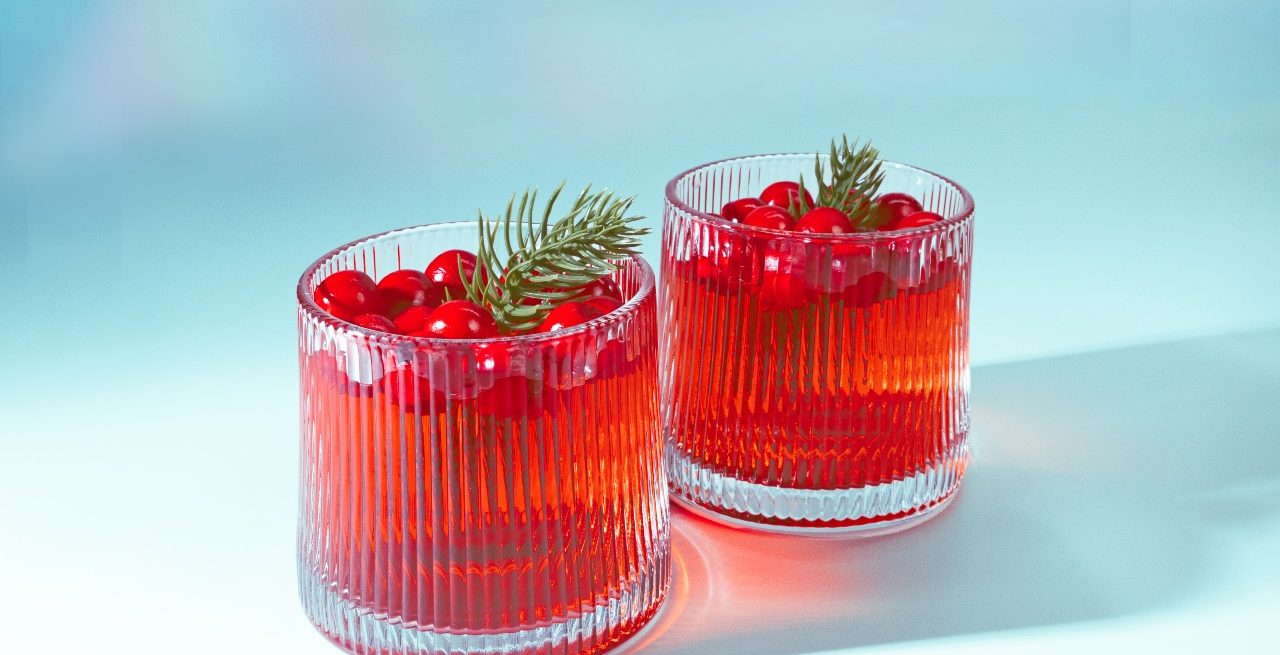Sober-Curious Trend Provides Opportunities
4 Min Read By MRM Staff
More people are sober curious so what should restaurants do to meet this customer desire?
According to a 2024 report from NCSolutions, 41 percent of Americans are trying to drink less alcohol – a trend driven by Gen Z (61 percent) and Millennials (49 percent) who say it's for both physical and mental wellness reasons. The non-alcoholic beverage industry is expected to grow to $30 billion by 2025, according to Global Market Insights,
For a deeper dive, Modern Restaruant Management (MRM) magazine reached out to the team at Southern Glazer’s Wine & Spirits, who provided us with insights and recipes. Brian Masilionis, Senior Director Customer Development, National Accounts on Premise, discusses the trend.
What factors are fueling the sober-curious trend?
Growing demand for "change of pace" options due to factors like avoiding physical effects of over-consumption, reducing alcohol intake in general, and socializing while driving home safely vs. getting a ride/rideshare.
What do restaurant operators need to understand about the sober-curious guest and how can they attract and engage with them?
Sober-curious guests have different occasions where different offerings are desired – from full proof to low and no-proof. Of those who order low and no-alcohol offerings, 50 percent order these drinks rarely (once a month or less), while 30 percent order frequently (once a week or more) so there’s a range of engagement. Also, for those who purchase low and no alcohol items during an on-premise occasion, six in ten exclusively order low and no-alcohol while 4 in 10 order these along with full-proof items within that very occasion. To make these options easy to find and drive sales, guests say they prefer low and no-proof offerings listed alongside full-ABV drinks rather than a separate section or positioned with tea and lemonade, etc. Also, 70 percent of guests prefer low-alcohol vs. 30 percent for no-alcohol options if given just those two choices, so there’s an opportunity to feature both in programs, but lean more toward low-proof.
How can operators capitalize on the expected growth in the non-alcoholic beverage market?
Incorporate non-alcoholic spirits to mimic full-proof options when mixed to balance the viscosity from other ingredients like citrus and sugar. Mix Fever-Tree bubbly items with lower-proof ingredients like Amari and vermouths and other ingredients/accents for versatile highball cocktails. Integrate a low and no-alcohol wine within the list, positioned next to other wines by the glass and utilize in cocktails for added velocity.
Are there specific items or ingredients a bar needs to have on hand now to be better responsive to guest requests?
Cross-utilizing core cocktail ingredients is the first step, as well as considering non-alcoholic spirits for balance. Consider featuring quality low and no-alcohol wines and listing those among other wines. Also, for full-proof cocktails, it’s important to ensure these drinks look distinct from non-alcoholic options that may be purchased by guests younger than 21. Consider things like serving the drinks in different types of glass, using different garnishes (fresh or dehydrated), etc.
How can operators encourage their bartenders to get creative about non-alcoholic beverage creation and discovery of non-alcoholic products?
Organize internal bartender competitions using existing bar and kitchen ingredients, with non-alcoholic spirits for balance and low/no alcohol wines to feature on own or in drinks. Feature winning creations on the menu, encouraging creativity beyond standard non-alcoholic versions.
Where can operators go to learn more about the trend to see how it aligns with their brand?
Consult distributor partners like Southern Glazer's Wine & Spirits or supplier partners for suitable options. Be patient in finding offerings that resonate with guests. Surveying existing guests, if possible, is a great way to gauge their interest too to find out what they’re interested in.
Where do you anticipate this trend will be in a few years?
While still an emerging, relatively small size at less than 1% of the category in sales, 20-35 percentof consumers report they are aware of but haven't tried low/no-alcohol options, indicating gNrowth potential. Expect continued product innovation to capitalize on guest demand across a variety of occasions in the near term, and possible market consolidation in the longer term if and when supply begins to outpace market demand.
Bridget Albert, Senior Director External Communications & CSR offered the recipes below.
Smashin’ Pumpkin
1 oz chilled apple cider
½ oz orange juice
1 oz pumpkin vanilla spiced syrup*
½ oz lemon juice
Cinnamon and super fine sugar for cocktail glass rim
Mix 1 part cinnamon and 2 parts super fine sugar in a small bowl. Use a lemon wedge to rim cocktail glass. Roll glass rim in cinnamon sugar mixture. Set glass aside.
Add all ingredients to an ice filled mixing glass. Shake well. Strain into cinnamon sugar rimmed cocktail glass. Garnish with an orange twist.
**Pumpkin Vanilla Spiced Syrup
- 1 cup of water
- 1 cup of sugar
- 2 tablespoons ground cinnamon
- 1 tablespoon ground nutmeg
- 1 tablespoon ground ginger
- 1 tablespoon ground cloves
- 2 tablespoon vanilla extract
Combine all ingredients to saucepan. Stir until sugar is dissolved. Let simmer for 10 minutes or until syrup consistency. Let syrup steep overnight at room temperature. Strain out sediment using a fine-mesh strainer or cheesecloth. Store in a clean glass bottle or jar. Store in refrigerator for up to 2 weeks.
Tip: This syrup is also great for adding pumpkin spice twist to coffee, tea or even desserts!

Linger
½ oz cranberry juice
¼ oz fresh pink grapefruit juice
1 ½ oz Seedlip Grove 42 Non-Alcoholic Spirit
½ oz simple syrup
Add ingredients to ice filled mixing glass. Shake well. Strain into a coupe glass. Garnish with dried cranberries on a pick.

